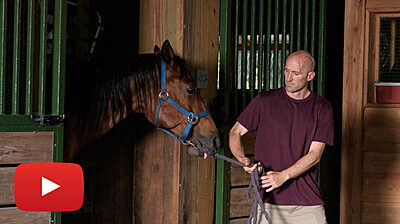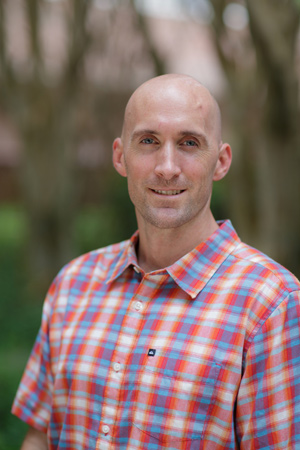Corey Hammond

To Corey Hammond, his scar means survival. To us, it means he’s one of a kind. His epilepsy stole his independence and his family’s freedom. But a unique treatment plan changed all of that. Now, Corey’s seizure-free, and he proudly wears his scar as a symbol of survival.
Many people were involved in Corey’s care and impacted by his situation. In these videos and photo galleries, we can see and hear what they have to say about going through this experience at UF Health. Now, Corey’s on the other side of his battle with epilepsy, and he says the fight was worth the win.
“We had to do something different.”
Corey Hammond underwent life-changing surgery at UF Health to control his seizures

The seizures came in little 30-second flashes, sending a rushing feeling through his brain as if his blood were pounding in his veins.
Corey Hammond, then a University of Florida student, didn’t realize the feelings he was experiencing were seizures until one afternoon on a surfing trip with friends when he suffered the worst form of one of these attacks, a grand mal.
Corey’s seizures were the result of a scooter accident he’d suffered a few years earlier, in 1997, when he was just a junior in high school.
Once the seizures started, they never went away, worsening over time, despite the medications prescribed by doctors in his hometown of Melbourne, Florida.
“The medication wasn’t working,” said Raina Hammond, Corey’s wife. “I was having to call 9-1-1 a lot. We felt like we were at a crossroads. We had to do something different.”
Corey, now 36 and a stay-at-home dad to 5-year-old daughter Aila, opted to seek treatment at UF Health. A team of epilepsy experts recommended surgery as a way to not only control the seizures, but also hopefully reduce the amount of medications Corey would need over time.
“Typically after a patient has taken two to three medications and nothing is working, we start thinking about surgery for control,” said Jean Cibula, M.D., one of the UF Health neurologists who treated Corey. “We want to help patients get control of their seizures so they can live their lives.”
Prior to surgery, the team maps out the part of the brain responsible for the seizures. In Corey’s case, initial tests weren’t clear, so physicians took the extra step of implanting electrodes deeper into the brain to make sure they obtained a precise picture of the problem area.
Typically after a patient has taken two to three medications and nothing is working, we start thinking about surgery for control. We want to help patients get control of their seizures so they can live their lives.
The testing revealed that Corey’s seizures stemmed from the temporal lobe, so UF Health neurosurgeon Steven N. Roper, M.D., carefully removed a problematic segment in May 2013.
Two years have passed since Corey’s surgery — and since his last seizure. The recovery process is slow, but Corey is now able to drive and is back to doing things he loves, like caring for his little girl and cooking his family dinner. He has trouble multitasking and finding words sometimes, but if the trade-off is being seizure-free, the side effects are well worth it, he said.
“It’s like a marathon, a long journey,” he said. “I am glad to be on the other side.”